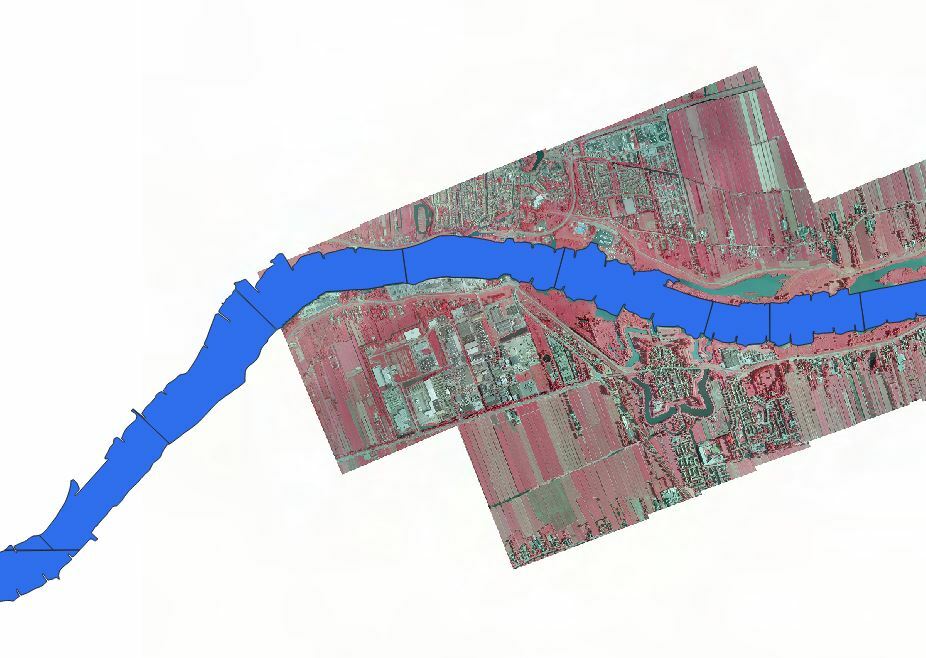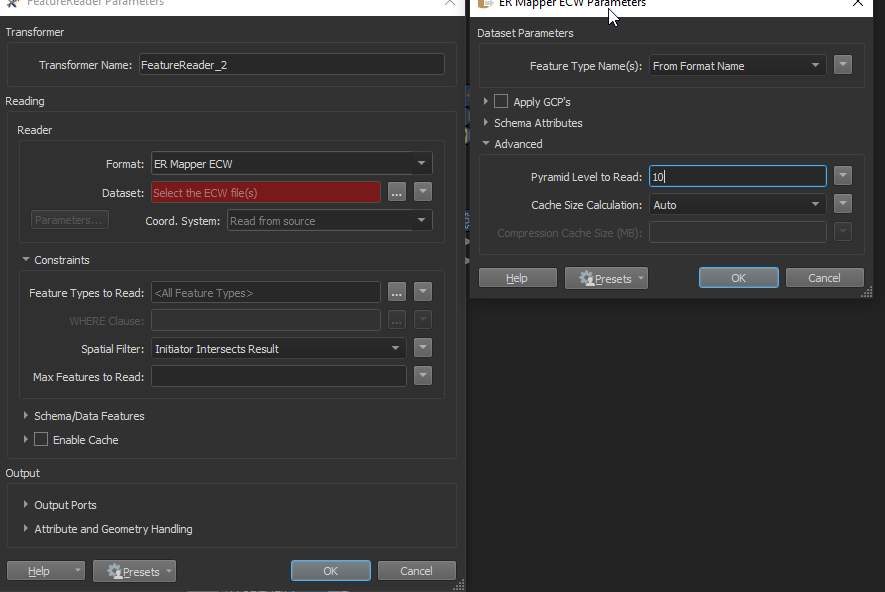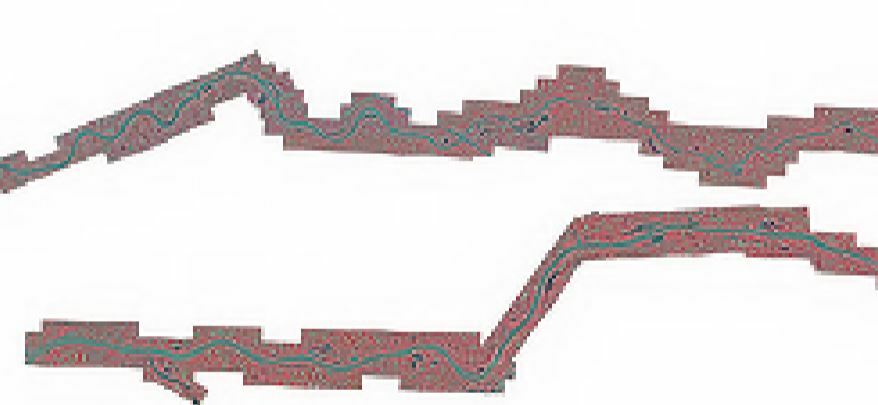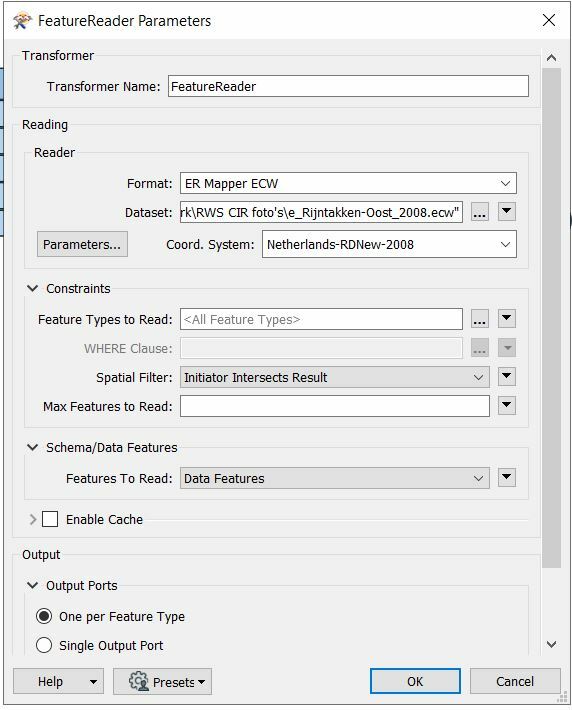Hi,
I want to clip a large ECW file which is about 2 GB in size. It consist of aerial imagery around a river in my country.
Secondly I have a shapefile which is the river body. Now I want to clip my ECW with this shapefile. See the attached figure as illustration.
I foresee that just clipping the ECW with this shapefile will take a long time. Do you have any advice to speed up this process?
I was thinking about the following:
- Use RasterTiler and create an attribute which will function as a Group By attribute in the clipper. I hope this will make it possible to perform parallel processing within the clipper?
-Use 'Clippers first' and drop my shapefile reader at the top of my readers. I saw this suggestion elsewhere at this forum.
-Not all features in my shapefile overlap with my aerial imagery. Maybe I could filter them before entering the Clipper.
Thanks for you help in advance!













